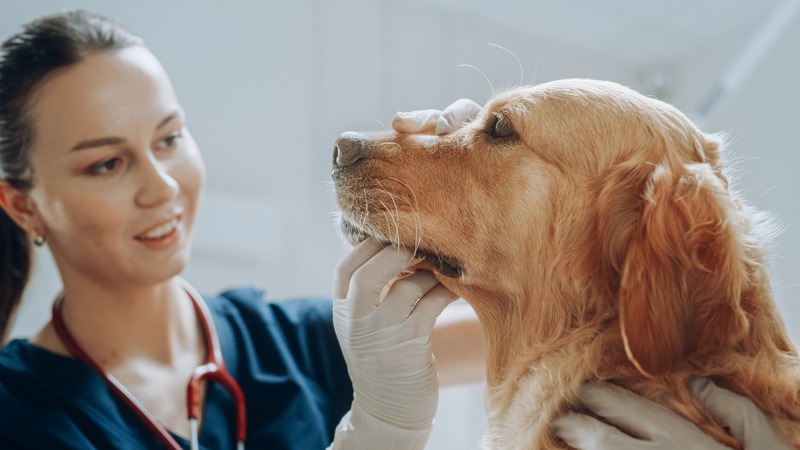Dry mouth, medically known as xerostomia, is not only uncomfortable but also troublesome. It can impact your oral health by increasing the risk of tooth decay and gum disease. Thankfully, there are strategies to manage and prevent the symptoms of dry mouth, ensuring that you continue to enjoy good oral health and overall well-being.
Understanding Dry Mouth and Its Causes
A dry mouth occurs when your salivary glands don’t produce enough saliva. It can be due to a variety of factors, including medication side effects, certain medical conditions, lifestyle choices, and more. Identifying the root cause is crucial to effectively addressing dry mouth.
The Symptoms of Dry Mouth
-
Thirst: A constant need for hydration.
-
Oral discomfort: Sore throat, dry tongue, or hoarseness.
-
Difficulties in daily oral functions: Challenges with chewing, speaking, and swallowing.
Risk Factors for Developing Dry Mouth
-
Medications: Over-the-counter and prescription drugs can affect saliva production.
-
Health conditions: Diseases like diabetes and Sjogren’s syndrome are known to cause dry mouth.
Adopting Effective Home Remedies
Combating dry mouth can start in the comfort of your own home with simple adjustments to your routine.
Keeping Hydrated
-
Drink plenty of water throughout the day.
-
Avoid beverages that can dehydrate you, like coffee and alcohol.
Stimulating Saliva Production
-
Chew sugar-free gum or suck on sugar-free hard candies.
-
Use over-the-counter saliva substitutes or oral moisturizers.
Investing in a Holistic Dental Care Routine
Oral care practices are integral to controlling dry mouth. By establishing a dental care routine that promotes oral health, you can minimize the impact of xerostomia.
Emphasizing Proper Oral Hygiene
-
Daily brushing and flossing: Gently clean your teeth at least twice a day and floss daily.
-
Professional teeth cleaning: Regular visits for dental cleaning procedures.
Selecting the Right Dental Care Products
-
Fluoride toothpaste: Protects teeth from decay.
-
Alcohol-free mouthwash: Prevents further drying of the mouth.
Incorporating Mouth-Moistening Foods into Your Diet
What you eat plays a role in managing dry mouth symptoms. Including certain foods in your diet can make a significant difference.
Choosing Foods That Aid Saliva Flow
-
Fruits and vegetables with high water content, such as cucumber and watermelon.
-
Moist and soft foods that are easier to chew and swallow.
Avoiding Foods and Habits That Worsen Dry Mouth
-
Limit intake of salty, dry, and sugary foods.
-
Refrain from smoking and tobacco use.
Visiting the Dentist for a Professional Evaluation
Regular dental visits are pivotal in maintaining oral health and preventing dry mouth complications.
A comprehensive dental exam and cleaning is more than just a routine check-up; it’s an opportunity to identify any underlying issues that may be contributing to your dry mouth. When you think about receiving dental care, options like Langley Orthodontics may come to mind. These providers can offer personalized advice and treatments that cater to your particular needs.
Finding Affordable Dental Services
Whether it’s preventive dentistry or emergency dental services you’re after, there are many affordable dental services available that can help keep your mouth healthy without breaking the bank. Dental insurance can aid in covering the costs of these vital health services.
Exploring Targeted Dental Services for Relief
If your dry mouth is affecting your teeth alignment or bite, targeted dental services may be necessary.
For those requiring specific interventions, services such as orthodontic surgery in Langley can address structural issues in the mouth that may be impacting saliva flow and causing discomfort. Such dental surgery services go beyond routine care and offer more specialized treatment options.
For some, cosmetic dentistry, like teeth whitening services and therapeutic procedures, can offer relief from dry mouth symptoms while improving the aesthetics of their smile.
Embracing Dental Care for Adults of All Ages
Dry mouth can affect adults at any stage of life. It’s crucial to acknowledge dental care tailored to adult needs.
For adults who might be considering treatments like adult braces, it’s reassuring to know that these procedures can be carried out with attention to dry mouth symptoms. Accommodating dental healthcare should take into account factors like comfort and convenience.
Considering Family Dentistry and Pediatric Dental Care
Family dentistry serves patients of all ages, providing a comprehensive approach to oral health that includes preventive measures for dry mouth. Pediatric dentistry focuses on children and adolescents, helping them establish oral care practices early.
Wrapping Up
Finally, tying together all aspects of dry mouth prevention and treatment ensures a healthier, more comfortable mouth. From daily hydration to specialized dental services, each step contributes to the overall management of dry mouth symptoms.
Remember, good dental hygiene is foundational. Consistent home dental care, coupled with professional guidance, can mitigate the discomfort of dry mouth and lead to a lifetime of healthy smiles.










